The Israel of our childhood comes to life in Shai Avivi’s amazingly colorful landscapes
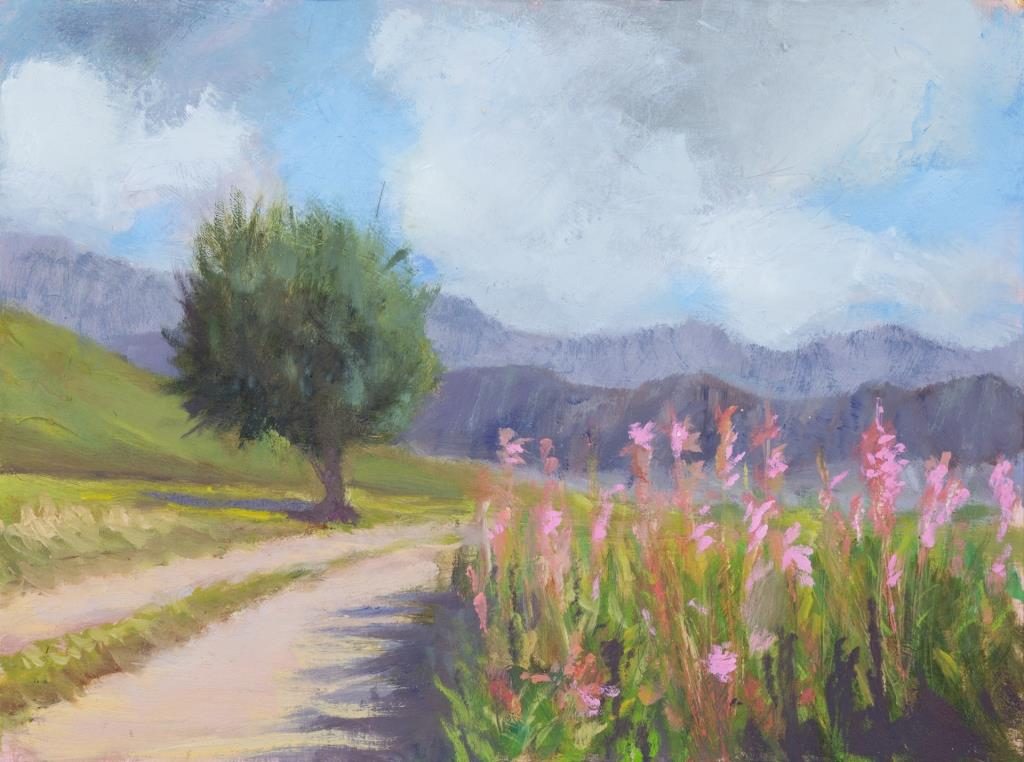
There are countries, like Canada, that are as generous with their pristine natural beauty as as they are with their natural resources. They do not ask for a discerning eye; everywhere you look are endless majestic vistas that can sometimes saturate our senses, that can easily be taken for granted. Then there are countries like Israel and Japan wherein millennia of human habitation left nature fragmented and besieged, its beauty revealed only through a selective lens of a master artist.
In these places, one must form a frame with ones thumbs and forefingers and move it so that a patch of nature is perfectly bounded, excluding the nearby factory, or village, or highway interchange and containing nothing but an idealized version of our childhood dreams.
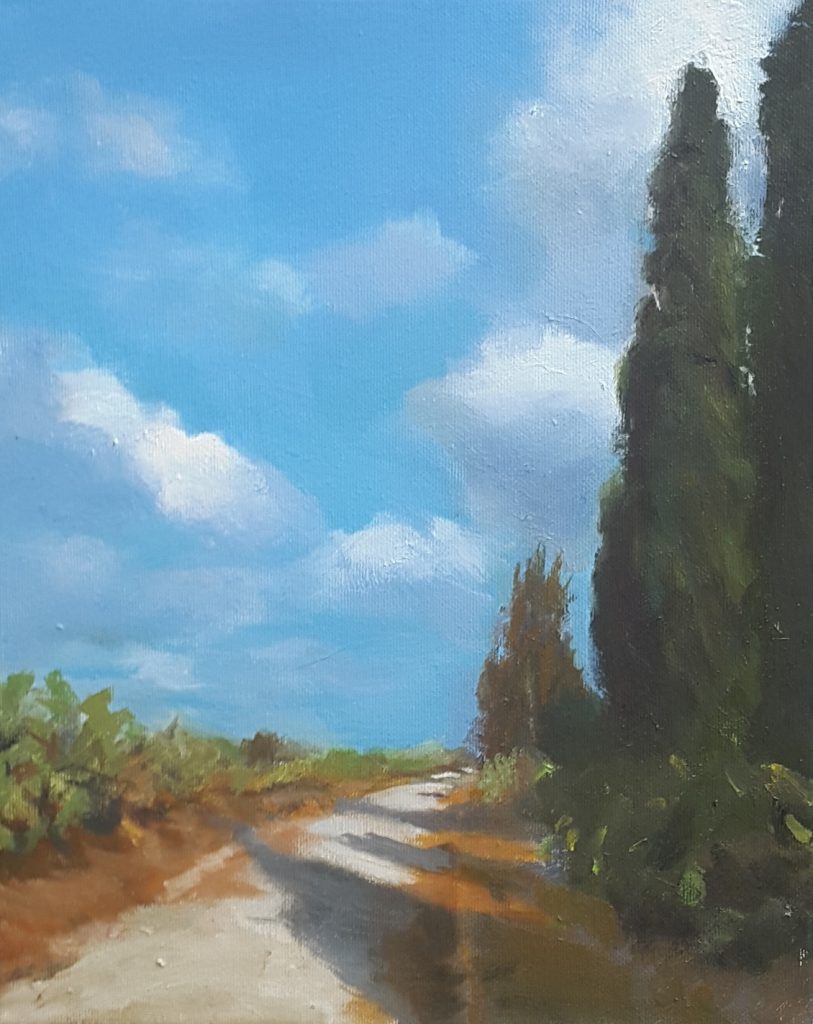
Speaking of childhood and framing, there is a famous song by the legendary Israeli pop group of 1970’s fame, Kaveret. The song is about nostalgia for a childhood that never really was in reality, but one we all wish we had and sometimes we can just about fool ourselves that we had indeed had it. In the ballad, an elementary school teacher talks about a painting on a classroom wall in which a farmer is working the earth, growing wheat, so the children can eat and grow big and strong. The first soft rain of fall is about to start falling on the valley and everything is awash in the soft glow of memories of days gone by, of a lost youth, of regrets and of yearning for the wide-eyed wonder we had as children and lost all too soon.
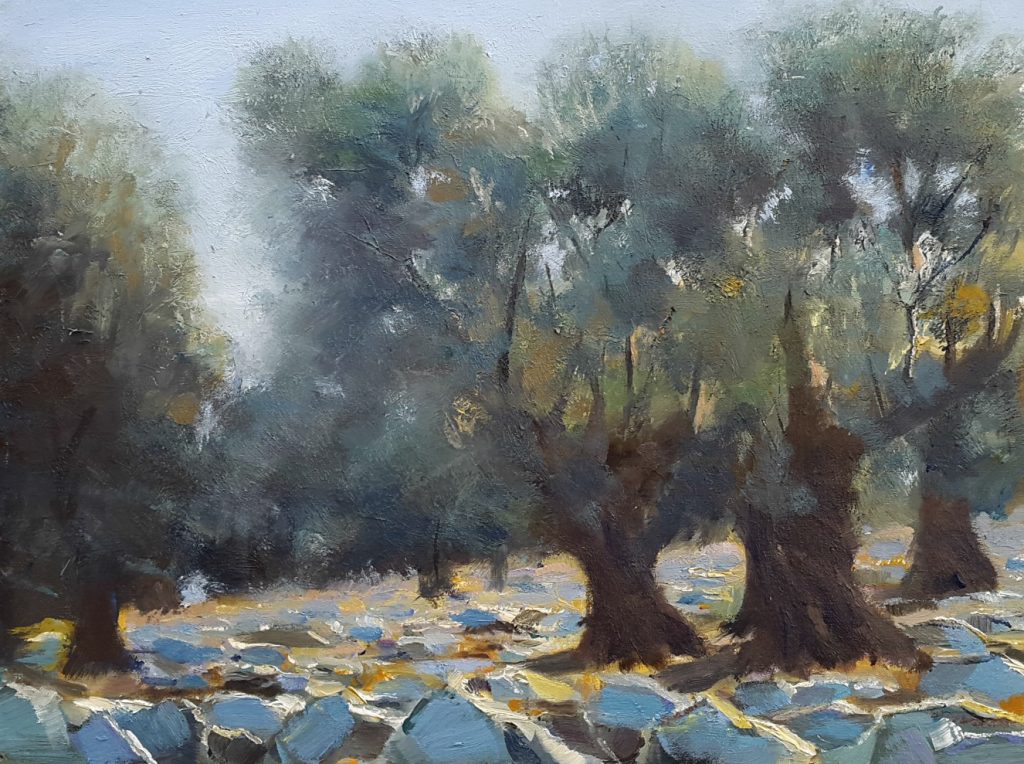
I never thought that I would encounter that picture in real life until I saw the paintings of Shai Avivi. His landscapes of northern Israel do not include the farmer, but he is more present in his absence than he could have ever been in his presence. As Israelis, we know that the landscapes are at once true and staged. If we look through a frame placed JUST SO, we can recreate the artist’s vision in reality, but we also know that just outside of that frame is a sprawling town, a highway, an industrial park with gleaming glass and steel high-tech edifices.
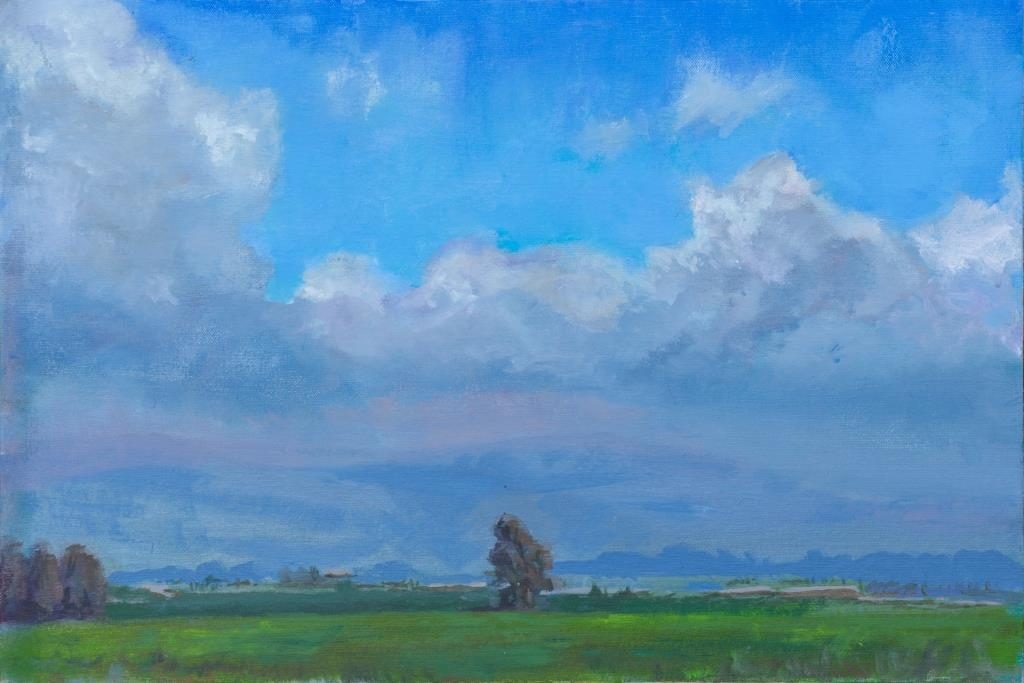
What I love about Shai’s work, the one thing that makes me want to be that kid again wandering the country roads of the Galilee, roads that have now all been paved over and made into four-lane highways, is his astoundingly precise color palette. Israeli landscapes do not easily divulge their secrets; Israeli sunlight is filtered through thousands of years of history, through oceans of tears. Shai’s work convinces me that only a Jew, an Israeli, could peel back those layers, could possess the sensibility to wash away history’s sediments, have the skill to reverse-engineer her filters and then, painstakingly, put it all back together so that those of us who have seen those landscapes, who grew up with them, can say “yes, that is it, that is what I saw back then when everything was still possible.”
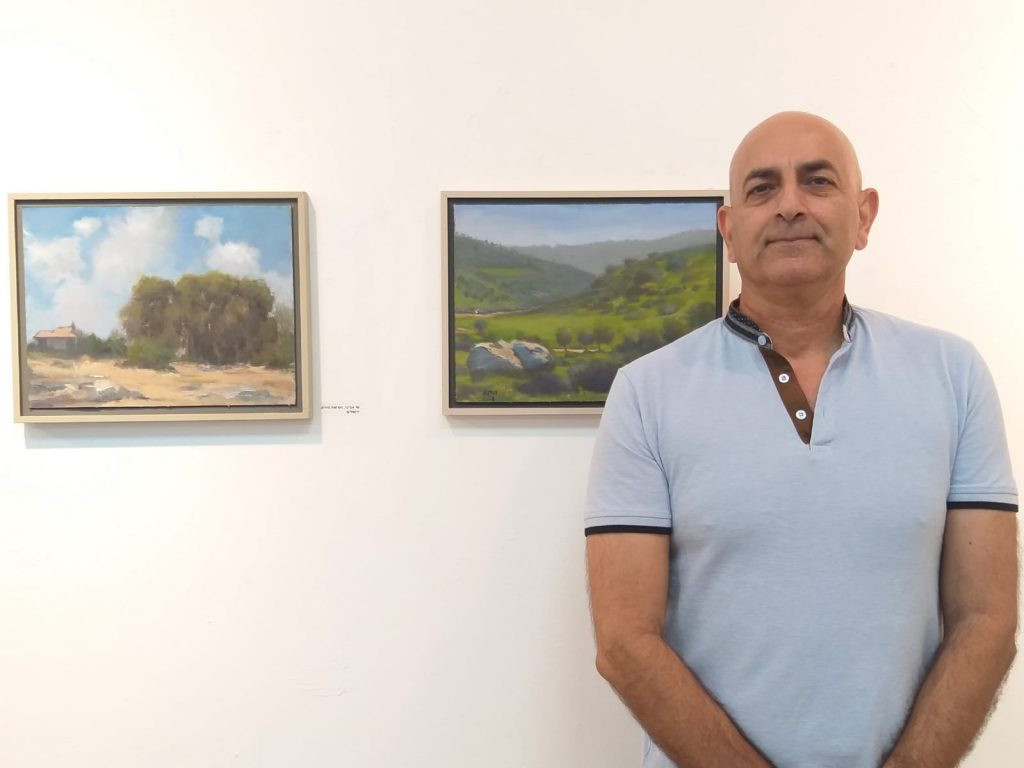
It is rare that a two dimensional image moves one to tears, rarer still when it is only pixels on a computer screen and yet that is what happened to me when I encountered Shai’s paintings. I truly envy those of my readers who can visit Shai’s solo exhibition curated by Revital Silberman Grin now running though the end of the month at the Al Ha’Tzuk (On the Cliff) gallery at 19 Ha’Ma’apilim Street in Netanyah. Your direct, unmitigated encounter with the original paintings will be quite the experience. Don’t miss it! I sure wouldn’t.
- Innovative Work Force Training Company CEO Says Prepare Your Kids For The Jobs Of Tomorrow
- The Hi-Tech Traditionalist: Take God’s Side! Become A Dissident In America!


